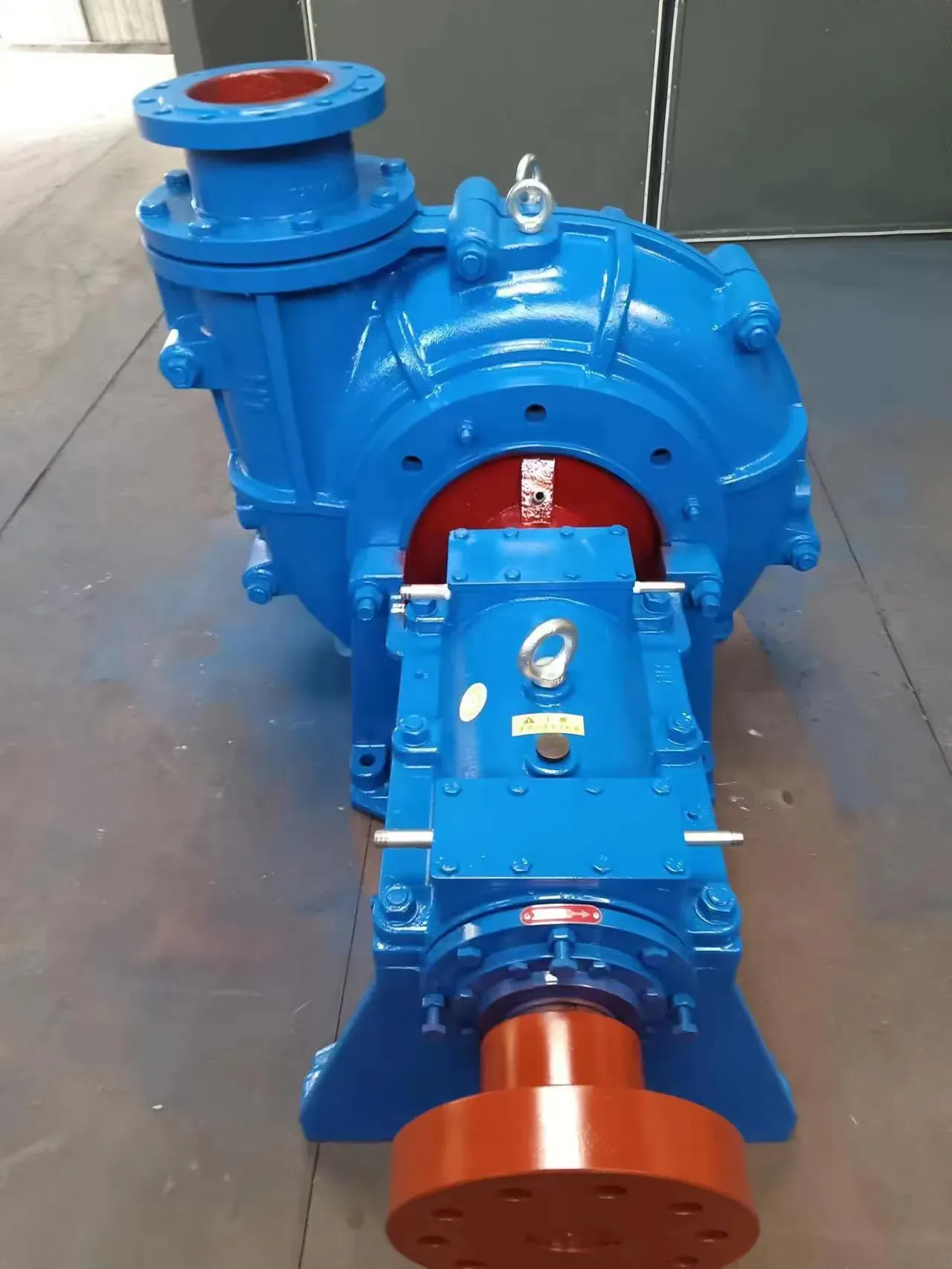Galician
- Afrikaans
- Albanian
- Amharic
- Arabic
- Armenian
- Azerbaijani
- Basque
- Belarusian
- Bengali
- Bosnian
- Bulgarian
- Catalan
- Cebuano
- Corsican
- Croatian
- Czech
- Danish
- Dutch
- English
- Esperanto
- Estonian
- Finnish
- French
- Frisian
- Galician
- Georgian
- German
- Greek
- Gujarati
- Haitian Creole
- hausa
- hawaiian
- Hebrew
- Hindi
- Miao
- Hungarian
- Icelandic
- igbo
- Indonesian
- irish
- Italian
- Japanese
- Javanese
- Kannada
- kazakh
- Khmer
- Rwandese
- Korean
- Kurdish
- Kyrgyz
- Lao
- Latin
- Latvian
- Lithuanian
- Luxembourgish
- Macedonian
- Malgashi
- Malay
- Malayalam
- Maltese
- Maori
- Marathi
- Mongolian
- Myanmar
- Nepali
- Norwegian
- Norwegian
- Occitan
- Pashto
- Persian
- Polish
- Portuguese
- Punjabi
- Romanian
- Russian
- Samoan
- Scottish Gaelic
- Serbian
- Sesotho
- Shona
- Sindhi
- Sinhala
- Slovak
- Slovenian
- Somali
- Spanish
- Sundanese
- Swahili
- Swedish
- Tagalog
- Tajik
- Tamil
- Tatar
- Telugu
- Thai
- Turkish
- Turkmen
- Ukrainian
- Urdu
- Uighur
- Uzbek
- Vietnamese
- Welsh
- Bantu
- Yiddish
- Yoruba
- Zulu
Telephone: +86 13120555503
Email: frank@cypump.com
Nov . 27, 2024 14:20 Back to list
Choosing the Right Pumps for Efficient Septic System Performance
Pumps for Septic Systems Ensuring Efficient Waste Management
Septic systems are an essential component of wastewater management, especially in rural areas where centralized sewage systems may not be available. Central to the effective operation of a septic system is the pump, which plays a critical role in transporting wastewater to the septic tank and, eventually, to the drain field. Understanding the types of pumps available and their functioning can help homeowners and builders maintain a healthy and efficient wastewater treatment system.
The Role of Pumps in Septic Systems
Septic systems are designed to treat wastewater from toilets, sinks, and showers. The primary components include a septic tank, where solids settle and anaerobic bacteria break down organic matter, and a drain field, where treated effluent is dispersed into the soil. In some systems, especially those located in areas with high water tables or poor soil drainage, a pump is necessary to move wastewater from the tank to the drain field. These pumps ensure that effluent is properly distributed, preventing overloading and facilitating adequate treatment.
Types of Pumps
1. Effluent Pumps Effluent pumps are designed to handle the liquid waste that has already gone through the septic tank. They can efficiently move partially treated sewage from the tank to the drainage field. Effluent pumps typically operate automatically using a float switch that activates the pump when the wastewater level rises.
2. Sewage Pumps Sewage pumps are robust units designed to handle waste that includes solids and larger debris. They are capable of moving raw sewage from the home to a regional treatment facility or into a septic tank. Due to their design, sewage pumps can navigate through obstacles and deliver a powerful flow, making them suitable for homes with multiple bathrooms or high wastewater output.
3. Grinder Pumps These advanced pumps are used in more complex septic systems. Grinder pumps grind solid waste into a slurry before pumping it into the septic tank or a pressurized pipeline. They are particularly useful in applications where gravity drainage is not feasible.
Factors to Consider When Choosing a Pump
pumps for septic systems

1. System Design One of the first considerations when selecting a pump is the design of the septic system. Understanding the layout and flow dynamics will help determine the type of pump needed, whether effluent, sewage, or grinder.
2. Flow Rate It is crucial to select a pump that can handle the flow demands of the household. This involves calculating the expected daily wastewater output and ensuring the pump can accommodate peak usage times.
3. Head Pressure Head pressure refers to the vertical distance the pump must move wastewater. Properties situated on hills or elevated locations may require pumps with higher head capacities.
4. Durability and Maintenance Pumps are mechanical devices that require periodic maintenance to ensure they operate efficiently. Choosing a high-quality pump, paying attention to its materials and manufacturer reputation, can help extend its lifespan.
Maintaining Your Septic Pump
Regular maintenance is essential for keeping septic pumps in good working order. Homeowners should inspect their pumps periodically, checking for signs of wear or malfunction. Cleaning and maintenance tasks, such as clearing debris from the inlet and ensuring all electrical connections are secure, can prevent costly repairs and extend the life of the system. It is also advisable to schedule regular professional inspections of the septic system to catch any issues early.
Conclusion
In conclusion, selecting the right pump for your septic system is crucial for effective wastewater management. The choice between effluent, sewage, and grinder pumps depends on various factors, including system design, flow rate, and head pressure. Proper maintenance and regular inspections can help ensure that your septic system operates efficiently, providing a safe and effective solution for wastewater treatment. By understanding the role of these pumps, homeowners can make informed decisions that contribute to the longevity and functionality of their septic systems.
-
Heavy-Duty Mining Sludge Pumps - Wear-Resistant Slurry Handling
NewsAug.02,2025
-
Horizontal Split Case Pump with GPT-4 Turbo | High Efficiency
NewsAug.01,2025
-
ISG Series Pipeline Pump - Chi Yuan Pumps | High Efficiency, Durable Design
NewsAug.01,2025
-
Advanced Flue Gas Desulfurization Pump with GPT-4 Turbo | Durable & Efficient
NewsJul.31,2025
-
ISG Series Vertical Pipeline Pump - Chi Yuan Pumps | Advanced Hydraulic Design&Durable Construction
NewsJul.31,2025
-
ISG Series Vertical Pipeline Pump - Chi Yuan Pumps | Energy Efficient & Low Noise
NewsJul.31,2025










